How To Make A Wheeled Rolling Camera Bag ?
To make a wheeled rolling camera bag, you will need a sturdy bag or suitcase with wheels, a camera insert or padding, and some basic tools. Start by measuring the dimensions of your camera and accessories to determine the size of the camera insert needed. Cut foam or padding to fit the insert and secure it in place. Next, attach the wheels to the bottom of the bag using screws or bolts. Make sure they are securely fastened and can support the weight of the bag and equipment. If the bag does not have a handle, you can attach one to the top for easy pulling. Finally, test the bag to ensure the wheels roll smoothly and the camera insert provides adequate protection.
1、 Choosing the right bag size and design for your needs.
Choosing the right bag size and design for your needs is the first step in making a wheeled rolling camera bag. The size of the bag will depend on the amount and type of camera equipment you plan to carry. Consider the size of your camera body, lenses, and any additional accessories you typically use. It's important to choose a bag that can accommodate all your gear comfortably and securely.
When it comes to design, there are various options available in the market. Look for a bag that offers padded compartments or dividers to protect your equipment from bumps and shocks. Additionally, consider a bag with multiple pockets and compartments to keep your accessories organized and easily accessible.
In recent years, there has been a growing trend towards more compact and lightweight camera bags. Many photographers now prefer smaller bags that can fit in overhead compartments during air travel or easily maneuver through crowded spaces. These bags often come with removable wheels and handles, allowing for both rolling and carrying options.
Another important aspect to consider is the durability and quality of the bag. Look for a bag made from sturdy materials that can withstand the rigors of travel and protect your equipment from the elements. Water-resistant or waterproof materials are particularly beneficial in case of unexpected weather conditions.
Lastly, it's worth mentioning that some camera bag manufacturers now offer customizable options. This allows you to choose the specific features and compartments that best suit your needs. This level of customization ensures that your bag is tailored to your equipment and shooting style.
In conclusion, making a wheeled rolling camera bag starts with choosing the right size and design. Consider the amount of gear you have, the level of protection required, and your travel needs. With the latest advancements in bag design, you can find a bag that perfectly suits your requirements and provides convenient transportation for your camera equipment.
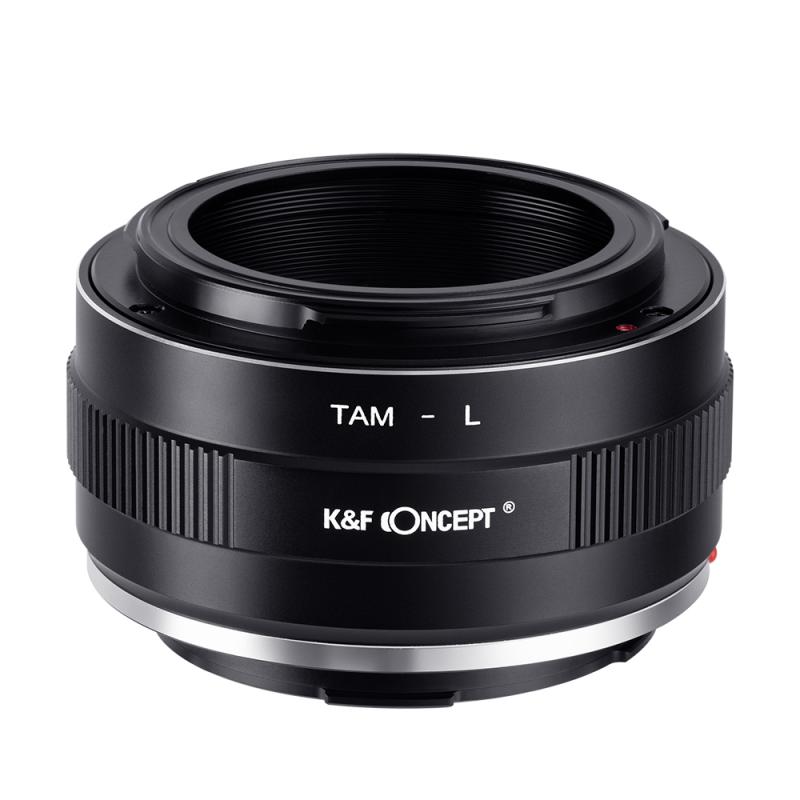
2、 Selecting durable materials and construction for long-lasting use.
To make a wheeled rolling camera bag, it is essential to select durable materials and construction techniques that ensure long-lasting use. The choice of materials and construction methods will determine the bag's ability to withstand the rigors of travel and protect valuable camera equipment.
Firstly, selecting a sturdy and abrasion-resistant exterior fabric is crucial. Materials like ballistic nylon or Cordura are popular choices due to their durability and resistance to tears and punctures. These fabrics provide excellent protection against rough handling and adverse weather conditions.
Additionally, reinforced stitching and double or triple stitching at stress points are essential for a strong and durable bag. This ensures that the bag can withstand the weight of the equipment and the constant movement associated with travel. Reinforced handles and straps are also important to prevent them from tearing or breaking under heavy loads.
Furthermore, the bag should have a well-padded interior with customizable compartments to securely hold and protect the camera gear. High-density foam or padded dividers can be used to provide cushioning and prevent any impact damage. It is also beneficial to have a waterproof or water-resistant lining to protect the equipment from moisture.
In recent years, there has been a growing trend towards incorporating lightweight materials without compromising durability. Manufacturers are utilizing advanced materials like carbon fiber or high-strength plastics to reduce weight while maintaining strength and durability.
Lastly, the inclusion of quality wheels and a sturdy telescopic handle is crucial for easy maneuverability. The wheels should be durable, smooth-rolling, and able to handle various terrains. The telescopic handle should be strong and adjustable to accommodate different user heights.
In conclusion, making a wheeled rolling camera bag involves selecting durable materials such as ballistic nylon or Cordura, reinforced stitching, and well-padded interiors. Incorporating lightweight materials and high-quality wheels with a sturdy telescopic handle enhances the bag's functionality and longevity. By considering these factors, photographers can create a camera bag that provides long-lasting protection for their valuable equipment.
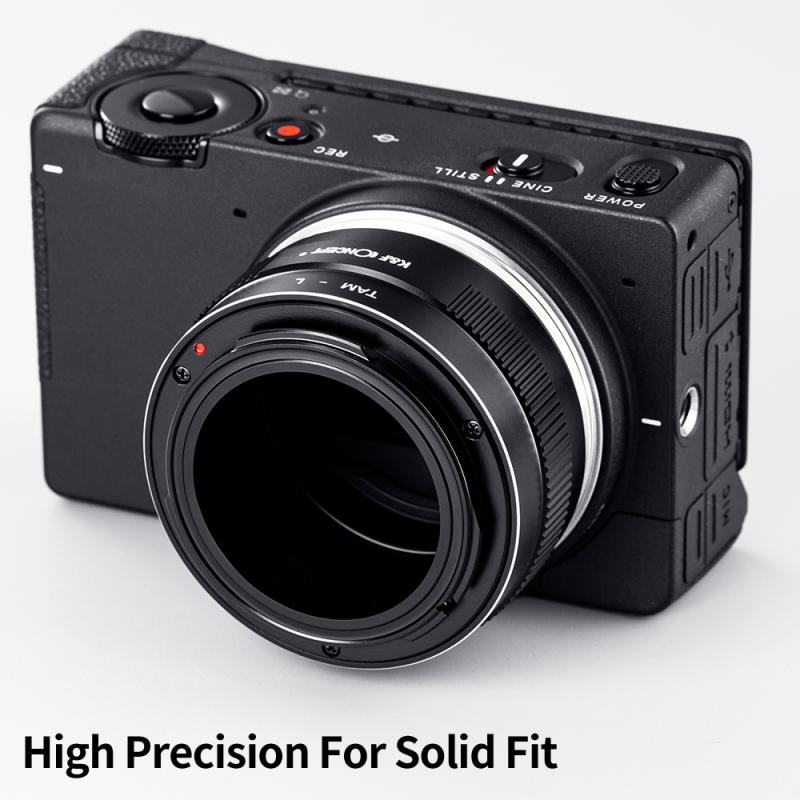
3、 Incorporating wheels and a retractable handle for easy transportation.
To make a wheeled rolling camera bag, you will need a few materials and tools. Here's a step-by-step guide on how to create one:
1. Choose a suitable bag: Start by selecting a sturdy and durable bag that can accommodate your camera equipment and accessories. Look for a bag with a large main compartment and multiple pockets for organization.
2. Measure and cut a wooden base: Measure the dimensions of the bag's bottom and cut a piece of plywood or MDF board to fit. This base will provide stability and support for the wheels.
3. Attach the wheels: Purchase a set of wheels with a diameter suitable for your bag's size and weight. Screw or bolt the wheels onto the wooden base, ensuring they are evenly spaced and securely attached.
4. Install a retractable handle: Purchase a retractable handle with a suitable length for comfortable transportation. Attach the handle to the bag's top or side, ensuring it is securely fastened.
5. Reinforce the bag: To ensure the bag can withstand the weight and movement, reinforce the areas where the wheels and handle are attached. You can use additional layers of fabric, stitching, or adhesive to strengthen these points.
6. Test and adjust: Once the wheels and handle are attached, test the bag's mobility and stability. Make any necessary adjustments to ensure smooth rolling and easy transportation.
From a modern perspective, you can also consider using a bag with built-in wheels and a retractable handle. Many camera bag manufacturers now offer wheeled options specifically designed for photographers. These bags often come with additional features such as padded compartments, customizable dividers, and weather-resistant materials. They are designed to provide maximum protection for your camera gear while offering convenient transportation options.
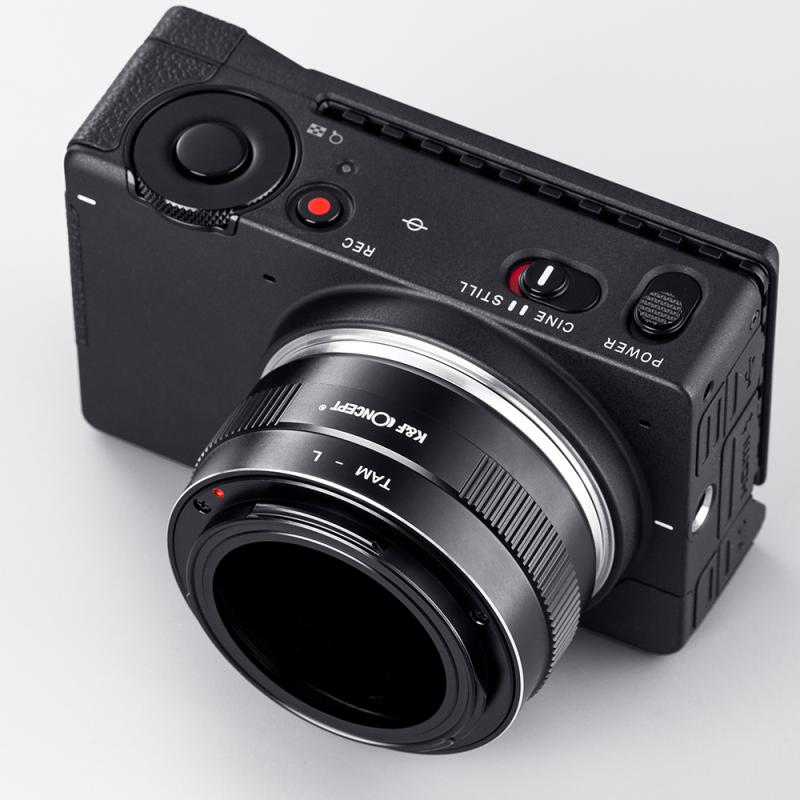
4、 Ensuring proper padding and protection for your camera equipment.
To make a wheeled rolling camera bag that ensures proper padding and protection for your camera equipment, follow these steps:
1. Choose a sturdy and durable bag: Look for a bag made of high-quality materials that can withstand the weight of your camera gear. Ensure it has a solid frame and reinforced corners to provide extra protection.
2. Opt for a bag with customizable compartments: Look for a bag that offers adjustable dividers or foam inserts. This allows you to create custom compartments that fit your specific camera equipment, ensuring a snug and secure fit.
3. Invest in padded inserts: To provide additional padding and protection, consider purchasing padded inserts or camera wraps. These can be placed around your camera bodies, lenses, and other fragile equipment to prevent any damage during transportation.
4. Choose a bag with shock-absorbing wheels: Look for a bag with wheels that have shock-absorbing capabilities. This will help minimize any impact or vibrations that could potentially damage your camera gear while rolling the bag on uneven surfaces.
5. Consider a bag with a hard shell: If you frequently travel or work in rugged environments, consider a bag with a hard shell exterior. This provides an extra layer of protection against impacts, drops, and rough handling.
6. Ensure proper weight distribution: When packing your camera gear, distribute the weight evenly throughout the bag. This will prevent any unnecessary strain on the wheels and handle, ensuring a smooth and stable rolling experience.
7. Check for weather resistance: Look for a bag that offers weather-resistant features such as water-resistant materials or a rain cover. This will protect your equipment from unexpected rain or moisture.
Incorporating the latest point of view, some camera bags now come with built-in GPS tracking systems. This feature allows you to track the location of your bag in case it gets lost or stolen, providing an added layer of security for your valuable camera equipment. Additionally, some bags now offer built-in charging ports or removable power banks, allowing you to charge your camera batteries or other electronic devices on the go. These innovative features enhance the functionality and convenience of a wheeled rolling camera bag.
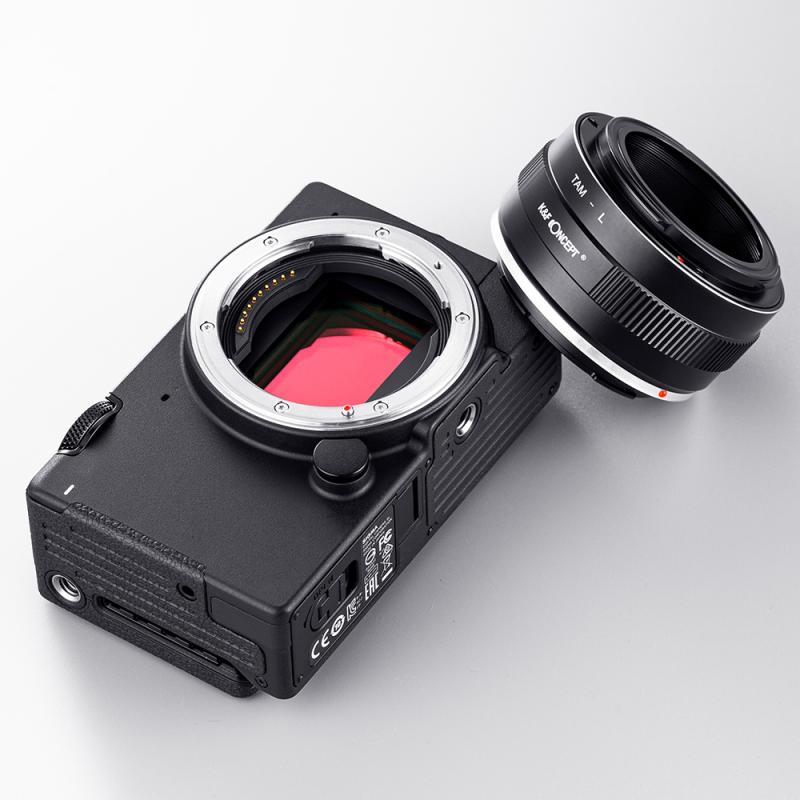



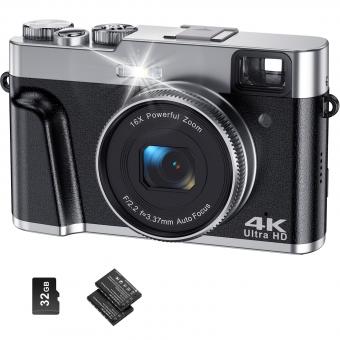

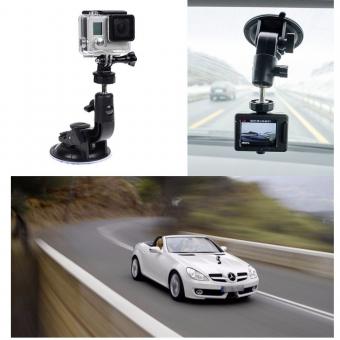



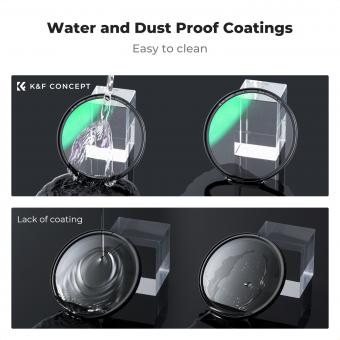
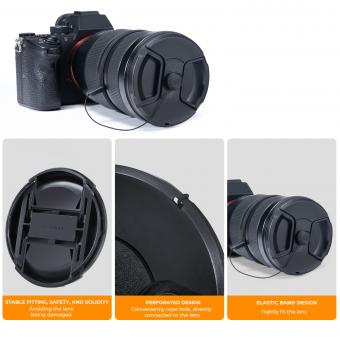
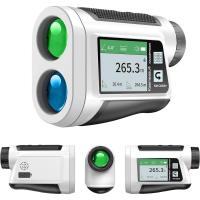
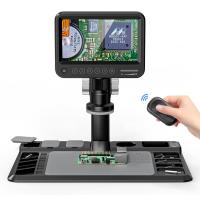





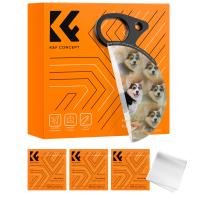



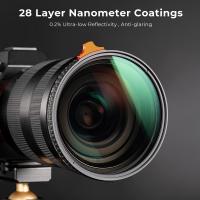

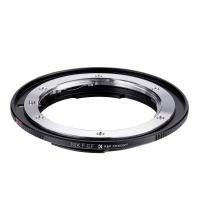




There are no comments for this blog.